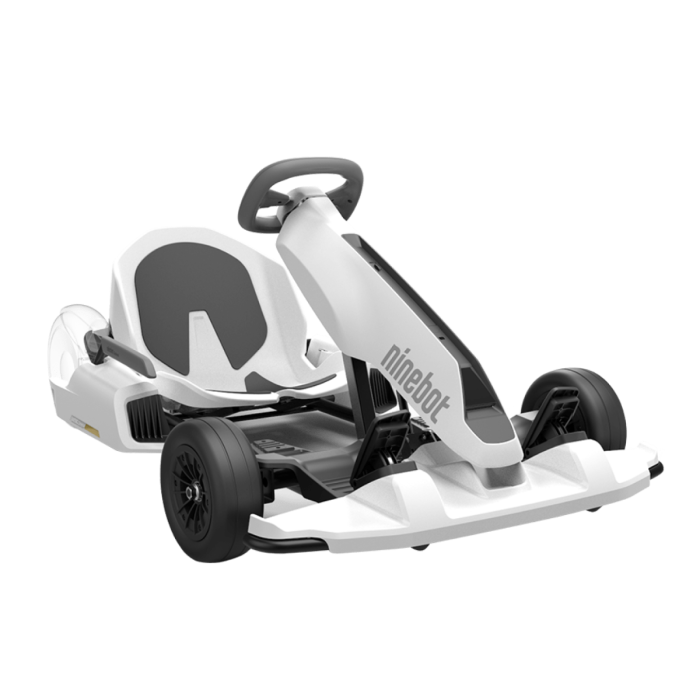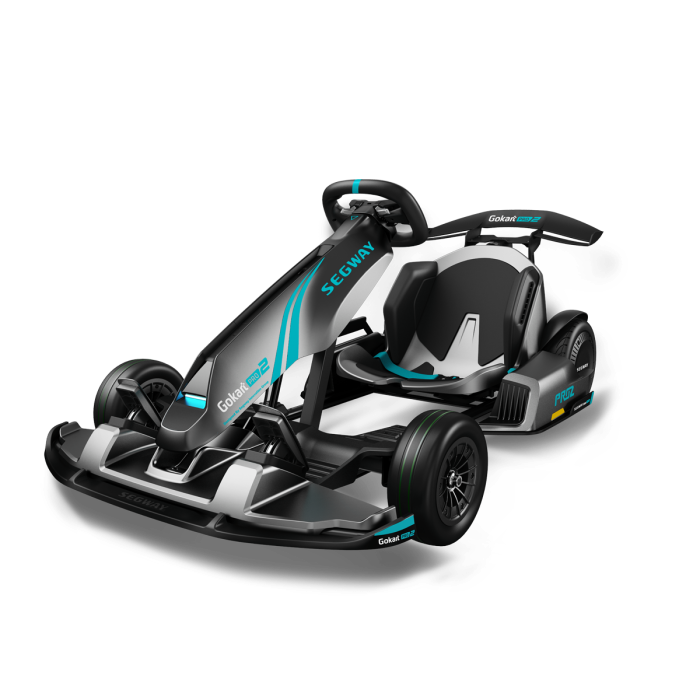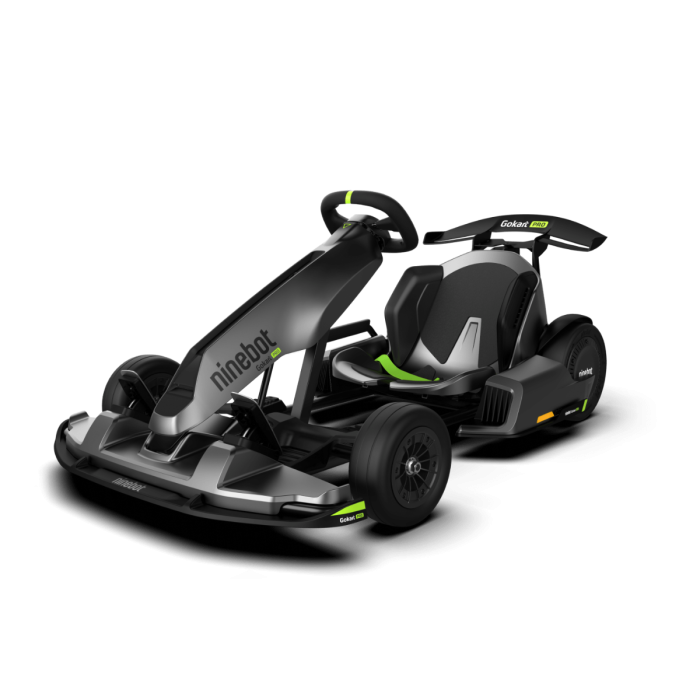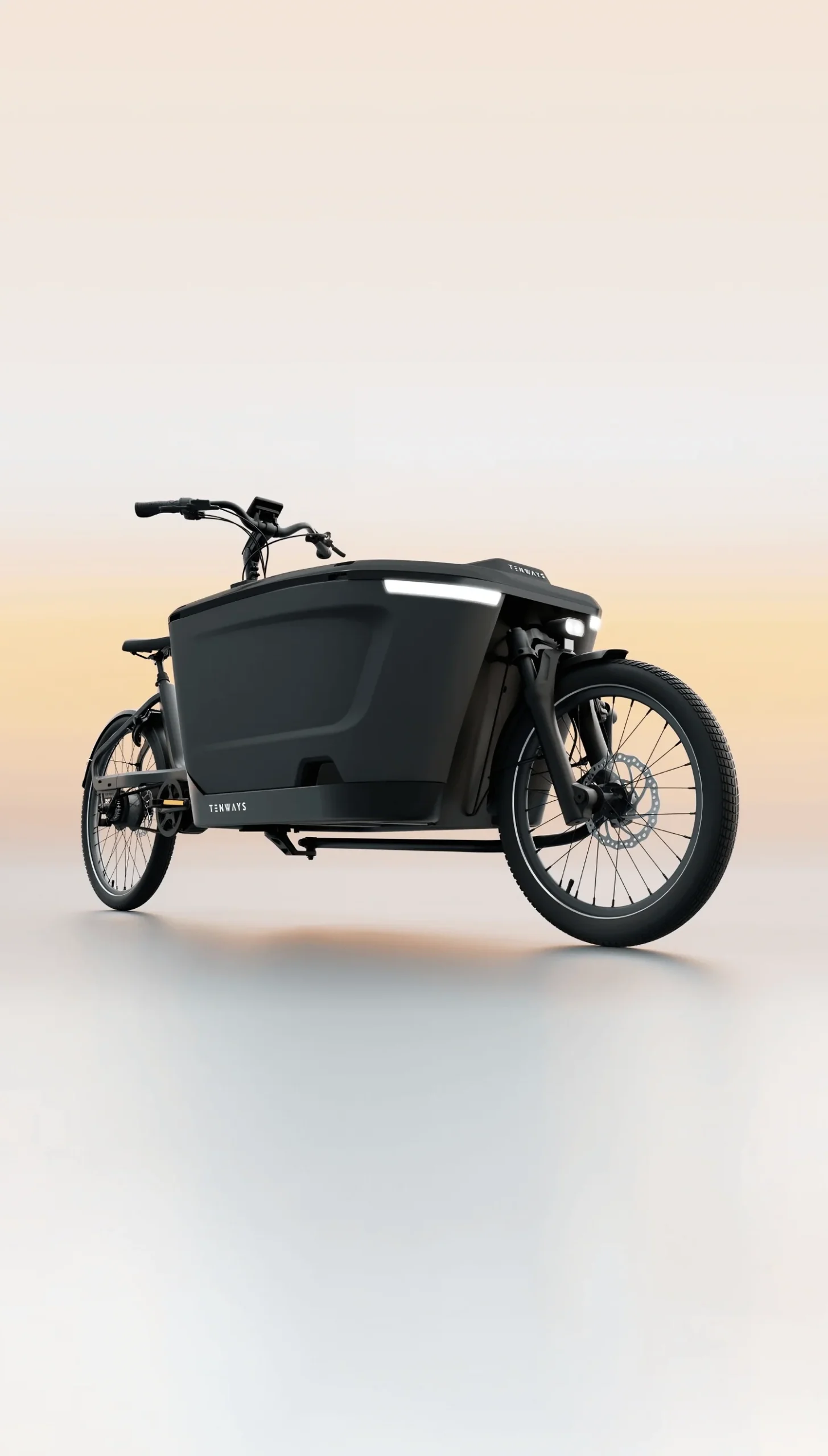eBike conversion kits offer a practical solution for those looking to transform their traditional bicycles into electric bikes. These kits typically include a motor, battery, and various components necessary to electrify a standard bike. Opting for an eBike conversion kit instead of purchasing a new electric bike can provide several advantages, making it an attractive choice for cycling enthusiasts.
One of the primary benefits of eBike conversion kits is cost savings. Purchasing a high-quality eBike can be a significant investment, often costing thousands of dollars. In contrast, a conversion kit can be a more economical option, allowing cyclists to upgrade their existing bikes at a fraction of the cost. This budget-friendly approach enables more people to experience the benefits of electric biking without breaking the bank.
Customization is another compelling reason to choose a conversion kit. Riders have the flexibility to tailor their bikes according to their specific needs and preferences. Whether it’s selecting a particular type of motor, battery capacity, or additional features, eBike conversion kits offer a level of personalization that is often not possible with pre-built electric bikes. This customization can enhance the overall riding experience, making it more enjoyable and suited to individual requirements.
Environmental benefits also play a significant role in the appeal of eBike conversion kits. By converting a traditional bicycle into an electric one, riders can reduce their carbon footprint and contribute to a more sustainable mode of transportation. This shift can help decrease reliance on fossil fuels and promote cleaner air quality, aligning with broader environmental goals.
The year 2024 marks a notable period for eBike conversion kits, driven by technological advancements and emerging trends. Innovations in battery technology, motor efficiency, and integration have made conversion kits more powerful, reliable, and easier to install. Additionally, the growing popularity of eBikes has spurred manufacturers to develop more user-friendly and versatile kits, catering to a wide range of cycling enthusiasts.
In essence, eBike conversion kits provide an accessible and customizable way to join the electric bike revolution, offering financial savings, personalized options, and environmental advantages. As we move into 2024, these kits are poised to become even more popular, thanks to ongoing technological progress and the increasing demand for sustainable transportation solutions.
Understanding how eBike conversion kits work is crucial for anyone considering converting their standard bicycle into an electric bike. At the core of these kits are several key components: the motor, battery, controller, and sensors. Each of these plays a vital role in transforming a regular bike into an eBike, providing the electric assistance that enhances the cycling experience.
The Motor
The motor is the powerhouse of the conversion kit. It can be either a hub motor or a mid-drive motor. Hub motors are typically installed in the front or rear wheel hub and are known for their simplicity and ease of installation. They provide a smooth and quiet ride, making them suitable for urban commuting. Mid-drive motors, on the other hand, are located at the bike’s bottom bracket, where they drive the crank directly. This placement allows for better weight distribution and enhanced performance, particularly on steep hills and uneven terrain. However, they are generally more complex to install and maintain.
The Battery
The battery supplies the motor with the necessary electrical energy. It is usually mounted on the bike frame or rear rack. Lithium-ion batteries are the most common due to their high energy density, long lifespan, and relatively light weight. The capacity of the battery, measured in watt-hours (Wh), determines the range of the eBike—the higher the capacity, the longer the distance you can travel on a single charge.

The Controller
The controller acts as the brain of the eBike conversion kit. It regulates the power flow from the battery to the motor based on inputs from the rider and sensors. This ensures that the motor operates efficiently and provides the appropriate level of assistance. The controller usually features different modes or levels of assistance, allowing the rider to choose how much help they need.
Sensors
Sensors are essential for a seamless eBike experience. Two common types are pedal-assist sensors (PAS) and throttle sensors. PAS detect the rider’s pedaling speed and force, adjusting the motor’s output accordingly to provide a natural boost. Throttle sensors, on the other hand, allow the rider to control the motor directly via a handlebar-mounted throttle, similar to a motorcycle. This can be particularly useful for starting from a standstill or when extra power is needed.
Together, these components create a cohesive system that transforms a standard bicycle into an efficient and versatile eBike. Understanding these mechanics helps in making an informed decision when selecting the best eBike conversion kit for your needs.
Benefits of Using eBike Conversion Kits
eBike conversion kits offer numerous advantages, making them an appealing option for those looking to transition to electric biking without purchasing a brand-new eBike. One of the most compelling benefits is the potential for financial savings. eBike conversion kits are generally more affordable than buying a new electric bike, allowing individuals to upgrade their existing bicycles at a fraction of the cost. This cost-effectiveness makes electric biking more accessible to a broader audience.
Another significant benefit is the ability to retain a beloved bicycle while enhancing its functionality. Many cyclists form attachments to their bikes, whether due to sentimental value or the comfort and familiarity of their ride. By using an eBike conversion kit, these cyclists can keep their cherished bicycles while enjoying the additional power and convenience of an electric motor.
From an environmental perspective, eBike conversion kits contribute to reducing waste. Instead of discarding an old bicycle in favor of a new eBike, individuals can repurpose their existing bikes. This practice not only minimizes waste but also promotes sustainability by extending the lifespan of a bicycle that might otherwise end up in a landfill.
Flexibility and customization are other notable advantages of eBike conversion kits. These kits come in various types and configurations, allowing users to tailor their eBike to their specific needs and preferences. For instance, riders can choose between different motor types, battery sizes, and control systems to create a setup that best suits their riding style and usage requirements. This level of customization is often not available with off-the-shelf eBikes, making conversion kits a versatile solution for diverse cycling needs.
In summary, eBike conversion kits offer financial savings, the opportunity to retain a beloved bicycle, environmental benefits, and extensive customization options. These advantages make them a practical and appealing choice for those looking to embrace electric biking without the need for a brand-new eBike.
You Might Like: Smart Features in Modern E-Bikes
Factors to Consider When Choosing an eBike Conversion Kit
When selecting an eBike conversion kit, several critical factors need to be taken into account to ensure optimal performance and satisfaction. One of the primary considerations is the type of motor. Hub motors, which are located in the wheel hub, and mid-drive motors, which are positioned near the bike’s bottom bracket, are the most common types. Hub motors tend to be more affordable and easier to install, while mid-drive motors offer better torque and efficiency, particularly on hilly terrains.
Battery capacity is another crucial factor. Measured in watt-hours (Wh), the battery’s capacity determines the range of your eBike. Larger batteries provide longer ranges but can add significant weight and cost. It’s essential to balance your range needs with your budget and the weight tolerances of your bike.
Ease of installation is also a key consideration. Some eBike conversion kits are designed for straightforward installation, requiring minimal tools and technical knowledge, while others might necessitate professional assistance. Ensuring compatibility with your existing bike is equally important. Check if the kit fits your bike’s frame and wheel size and whether it includes all necessary components, such as brackets and sensors.
The overall cost of the eBike conversion kit can vary widely based on the motor type, battery capacity, and additional features. While it’s tempting to opt for the cheapest option, it’s worth investing in a reputable brand that offers high-quality components and reliable performance.
Additional features might also influence your decision. Regenerative braking can extend battery life by converting kinetic energy back into stored energy. Throttle control allows for manual speed adjustment without pedaling, which can be useful in various riding conditions. Lastly, consider the availability of customer support and warranties. A reliable customer support team and comprehensive warranty can provide peace of mind and assist with any issues that may arise during the installation or use of your eBike conversion kit.
Top eBike Conversion Kits in 2024
As the popularity of electric bikes continues to surge, eBike conversion kits have become a viable option for cycling enthusiasts looking to upgrade their traditional bicycles. In 2024, several top-tier eBike conversion kits have emerged, each offering unique features to cater to a wide range of needs and budgets. This section explores some of the most noteworthy kits available, providing detailed reviews to help you make an informed decision.
Bafang BBS02B Mid Drive Kit
The Bafang BBS02B is a mid-drive conversion kit that has garnered attention for its balance of power and efficiency. It boasts a 750W motor, providing ample power for both city commutes and off-road adventures. The kit includes a display panel, battery, and all necessary installation components. One of its standout features is the integrated torque sensor, which ensures smooth power delivery in response to pedaling effort.
Pros:
- High power output
- Efficient torque sensor
- Comprehensive installation kit
Cons:
- Complex installation process
- Higher price point
Swytch Universal eBike Conversion Kit
The Swytch Universal Kit is designed for ease of use and compatibility with a wide variety of bike models. This front-wheel drive kit includes a compact motor integrated into the front wheel, a handlebar-mounted battery pack, and an intuitive control panel. With a 250W motor, it is ideal for urban commuting and light recreational use.
Pros:
- Easy to install
- Lightweight and compact design
- Good for urban riding
Cons:
- Limited power for off-road use
- Shorter battery life
AW Rear Wheel eBike Conversion Kit
The AW Rear Wheel Kit offers an affordable yet powerful solution for those looking to convert their bike to electric. Featuring a 1000W motor, it provides significant power suitable for various terrains. The kit includes a rear wheel with a built-in motor, a thumb throttle, and a durable battery pack. It’s particularly favored for its straightforward installation process.
Pros:
- High power output
- Cost-effective
- Relatively easy to install
Cons:
- Heavier battery
- May require additional tools for installation
Voilamart eBike Conversion Kit
The Voilamart eBike Conversion Kit is a versatile option that balances cost and performance. With a 500W motor, it is suitable for both commuting and leisure riding. The kit features a rear-mounted motor, a pedal-assist sensor, and a comprehensive installation guide. Its durability and reliability make it a popular choice among budget-conscious users.
Pros:
- Affordable price
- Durable components
- Good performance for its price range
Cons:
- Limited power for steep inclines
- Basic display panel
The eBike conversion kits highlighted above represent some of the best options available in 2024. Whether you seek power, ease of installation, or affordability, there is a kit tailored to meet your needs. Each kit provides a unique set of features, ensuring that every cyclist can find an ideal solution for their conversion project.
Installation Tips and Best Practices
Installing an eBike conversion kit can seem daunting, but with the right guidance, it becomes a manageable and rewarding project. The first step in the installation process is to ensure that your bike is compatible with the conversion kit. Check the specifications of your bike and compare them with the requirements of the kit. Pay attention to the wheel size, frame type, and brake system to ensure a proper fit.
Once compatibility is confirmed, begin the installation by gathering all necessary tools and components. Typical tools include wrenches, screwdrivers, and Allen keys. Start by removing the existing wheel and, if your kit includes a new wheel with a motor, replace it accordingly. Ensure that the motor axle fits snugly into the dropout slots of the frame. Secure the wheel and check that it rotates freely.
Next, install the battery pack. This step varies depending on the kit type. Frame-mounted batteries usually come with a bracket that needs to be firmly attached to the frame. For rear rack-mounted batteries, ensure the rack is secure and the battery is properly locked in place. Wiring the battery to the motor is a crucial step; follow the manufacturer’s instructions to connect the wires correctly and avoid short circuits.
Another critical aspect is securing the controller, which regulates the power flow from the battery to the motor. Mount the controller in a location that is both accessible and protected from the elements. Use zip ties or brackets to secure it firmly.
After assembling all components, perform a thorough inspection. Ensure that all bolts and screws are tight and that the wiring is neatly arranged and secured. Conduct a test ride in a safe, controlled environment to verify the system’s functionality. Pay attention to the responsiveness of the motor, battery performance, and overall stability of the bike.
For additional assistance, consider referring to video tutorials or detailed guides provided by the kit manufacturer. These resources can offer visual guidance and troubleshooting tips, enhancing your understanding of the installation process.
Maintenance and Upkeep of Your Converted eBike
Maintaining your converted eBike is essential to ensure its longevity and optimal performance. Regular maintenance can prevent common issues and extend the lifespan of your electric bike. One of the most critical components to care for is the battery. To maintain battery health, it is advisable to charge it regularly and avoid letting it drain completely. Store the battery in a cool, dry place when not in use, and avoid exposing it to extreme temperatures. Periodic checks for any signs of wear or damage can help you identify potential issues early on.
Motor care is another crucial aspect of eBike maintenance. Ensure that the motor is free from debris and dirt, which can hinder its performance. Regularly inspect the motor for any unusual noises or vibrations, as these can indicate underlying problems. Lubricating the motor’s moving parts can also enhance its efficiency and longevity. Additionally, checking the electrical connections periodically is vital. Loose or corroded connections can lead to performance issues or even safety hazards. Tighten any loose connections and clean any corrosion using contact cleaners.
Besides the motor and battery, it’s essential to keep the entire eBike clean and protected from harsh weather conditions. Regularly washing your eBike with mild soap and water can prevent dirt and grime from accumulating. Dry the bike thoroughly after washing to avoid rust or corrosion. Using protective covers when storing your eBike can shield it from the elements, further ensuring its durability.
Troubleshooting common issues is a skill every eBike owner should develop. Familiarize yourself with the basic functions and potential problems of your converted eBike. Issues such as battery not charging, motor not running, or abnormal noises can often be resolved with simple adjustments or replacements. However, if you encounter more complex problems, it is prudent to seek professional help. A certified eBike technician can diagnose and fix issues that may be beyond your expertise, ensuring your eBike remains in top condition.
Dig Deeper: Your Guide to Selecting the Ideal ebike Tailored to your Preferences
Conclusion and Final Thoughts
In conclusion, eBike conversion kits provide an innovative and sustainable solution for transforming traditional bicycles into electric-powered vehicles. Throughout this blog post, we have explored some of the top eBike conversion kits available in 2024, highlighting their unique features, advantages, and potential drawbacks. These kits offer a range of benefits, including enhanced speed, improved climbing ability, and extended commuting ranges, making them an attractive option for both casual riders and cycling enthusiasts.
By opting for an eBike conversion kit, cyclists can enjoy the flexibility of upgrading their current bicycles without the need to invest in a brand-new eBike. This not only makes economic sense but also contributes to environmental sustainability by reducing waste. The ease of installation and the customizable nature of these kits allow riders to tailor their bikes to meet their specific needs and preferences, further enhancing their cycling experience.
We encourage readers to consider eBike conversion kits as a viable option for enhancing their biking adventures. Whether you are looking to reduce your carbon footprint, tackle hilly terrains with ease, or simply enjoy a more efficient ride, these kits offer a practical and exciting solution. We invite you to share your experiences with eBike conversions, ask questions, and explore the detailed reviews and purchasing options available on our website.
Stay updated with the latest trends and innovations in eBike technology by subscribing to our newsletter and following our blog. As the world of eBikes continues to evolve, staying informed will help you make the best choices for your cycling needs. Thank you for joining us on this journey toward a more sustainable and enjoyable mode of transportation.






